|
Neck pain can be a debilitating condition that affects your ability to move and function comfortably. While there are various treatments available, a comprehensive approach that combines different therapies can provide significant relief and improve your quality of life. Let's explore how a multimodal therapy approach can help alleviate neck pain: Post-Isometric Resistance and the Birthing Technique: Post-isometric resistance (PIR) is a stretching technique that helps improve muscle flexibility and reduce tension. PIR can target specific muscles in the neck and upper back, helping to alleviate pain and improve range of motion. The Birthing Technique is a gentle manual therapy approach that involves rocking motions to release tension and improve mobility. When combined, these techniques can help address muscle imbalances and promote relaxation in the neck and upper back. Combined Benefits: When combined with other modalities, the Birthing Technique can enhance the overall effectiveness of the treatment plan. It helps improve muscle flexibility, reduce tension, and promote relaxation, which can aid in pain relief and improve mobility Contrastrain Facilitation Release Technique (CFRT): CFRT is a gentle manual therapy approach that targets tender points in muscles and fascia. CFRT can help reduce muscle tension and improve range of motion in the neck, leading to decreased pain and improved mobility. Joint Mobilization: Joint mobilization involves gentle, controlled movements of the neck joints by a trained therapist. This technique can help improve joint mobility, reduce stiffness, and alleviate pain in the neck. Traction: Traction therapy involves stretching the neck to relieve pressure on the spine and reduce compression of the nerves. Traction can help improve neck alignment and reduce pain and stiffness. Gua Sha: Gua Sha is a traditional Chinese therapy that involves scraping the skin with a massage tool to improve circulation and promote healing. In the context of neck pain, Gua Sha can help reduce muscle tension, improve range of motion, and alleviate pain. It can also help break down scar tissue and adhesions, leading to improved muscle function and reduced pain.
Gua Sha is a traditional Chinese therapy Electric Therapy with Cupping: Electric therapy, such as transcutaneous electrical nerve stimulation (TENS), delivers low-level electrical currents to the neck muscles. This therapy can help manage pain and improve muscle function. When combined with cupping therapy, which promotes blood flow and reduces inflammation, it can provide significant relief for neck pain. Heat Therapy: Applying heat to the neck can help relax muscles, improve blood circulation, and reduce pain and stiffness. Heat therapy can be used in conjunction with other therapies to enhance their effectiveness and provide additional relief. Chiropractic Manipulation Therapy:
Chiropractic manipulation involves adjusting the spine to improve alignment and function. Chiropractic care can help reduce neck pain, improve range of motion, and enhance overall neck health. Combined Benefits: When these therapies are combined, they offer a synergistic effect that can significantly improve outcomes for individuals with neck pain. Post-isometric resistance, CFRT, joint mobilization, traction, Graston Technique, electric therapy with cupping, heat therapy, and chiropractic manipulation target different aspects of neck pain, including muscle tension, joint dysfunction, and inflammation, leading to improved function and reduced pain. Conclusion: A multimodal therapy approach that combines post-isometric resistance, CFRT, joint mobilization, traction, Gua Sha, electric therapy with cupping, heat therapy, and chiropractic manipulation can provide significant relief for neck pain. This comprehensive approach addresses the underlying causes of pain and promotes healing and improved function. If you are experiencing neck pain, consult with your Chiropractor to determine the most suitable combination of therapies for your individual needs. For more information or to schedule an appointment, please contact Soft Touch Chiropractic at 818-831-0100. It's essential to consult with your chiropractor to determine the most suitable combination of therapies based on individual needs and condition severity.
0 Comments
Low back pain can be debilitating, affecting your ability to perform daily tasks and enjoy a good quality of life. While there are various treatments available, a comprehensive approach that combines different therapies can often yield the best results. Post-isometric resistance, Contrastrain Facilitation Release Technique (CFRT), joint mobilization, flexion-extension table traction, electric therapy, and heat therapy are all valuable modalities that, when combined, can provide significant relief for low back pain. Let's explore how each of these therapies contributes to the overall management of this common condition: Post-Isometric Resistance and the Birthing Technique: Post-isometric resistance (PIR) is a stretching technique that helps improve muscle flexibility and reduce tension. PIR can target specific muscles in the low back and upper back, helping to alleviate pain and improve range of motion. The Birthing Technique is a gentle manual therapy approach that involves rocking motions to release tension and improve mobility. When combined, these techniques can help address muscle imbalances and promote relaxation in the low back and upper back. Combined Benefits: When combined with other modalities, the Birthing Technique can enhance the overall effectiveness of the treatment plan. It helps improve muscle flexibility, reduce tension, and promote relaxation, which can aid in pain relief and improve mobility. Contrastrain Facilitation Release Technique (CFRT): CFRT is a gentle manual therapy approach that involves finding and releasing tender points in the muscles and fascia. This technique helps reduce muscle tension and improve range of motion in the low back. CFRT can be particularly effective in reducing pain and improving mobility in the lumbar spine. Heat Therapy: Applying heat relaxes muscles, improves blood flow, and reduces pain and stiffness. It prepares the low back for other treatments and enhances their effectiveness. Short Wave Diathermy: Short wave diathermy uses electromagnetic energy to generate heat deep within tissues. It can help reduce pain, improve circulation, and promote healing in the low back. Short Wave Diathermy vs. Heat Therapy: Short wave diathermy differs from regular heat therapy in its depth of penetration and the nature of the heat generated. While both modalities provide heat to the tissues, short wave diathermy can penetrate deeper into the body, reaching tissues several centimeters below the skin's surface. This deeper penetration allows for more effective heating of deep muscles and tissues, making it particularly beneficial for conditions like low back pain where deeper tissues are involved. Joint Mobilization: Joint mobilization is a hands-on technique used by chiropractor to improve joint mobility and reduce stiffness. For low back pain, joint mobilization can help restore normal movement patterns and reduce pain. This technique can be particularly beneficial for individuals with restricted spinal mobility or facet joint dysfunction. Flexion-Extension Table Traction; Using a specialized table, this technique decompresses spinal discs, reduces nerve pressure, and improves spinal alignment. It can provide relief and improve mobility in the low back. Cupping Therapy and electric therapy: Combining cupping therapy and electric therapy can offer unique benefits for pain management, muscle relaxation, improved circulation, and enhanced healing. Cupping therapy increases blood flow and reduces inflammation, while electric therapy disrupts pain signals and promotes muscle function. Together, they provide comprehensive relief for conditions like muscle strains, arthritis, and tendonitis. This combination is particularly beneficial for athletes and those recovering from injuries. Consult your chiropractor personalized advice. Massage Therapy: Massage therapy involves manipulating the soft tissues of the body to improve circulation, reduce muscle tension, and promote relaxation. In the context of low back pain, massage can help relieve muscle tightness and spasms, improve range of motion, and reduce pain. It can also enhance the effects of other therapies by preparing the muscles for treatment and aiding in recovery. Chiropractic Manipulation: Chiropractic manipulation, also known as spinal adjustment, involves applying controlled force to the spine to restore proper alignment and function. This technique can help improve joint mobility, reduce pain, and enhance overall spinal health. For low back pain, chiropractic manipulation can target specific areas of dysfunction, such as misaligned vertebrae or restricted joints, to alleviate pain and improve function. Conclusion: In conclusion, a multimodal therapy approach that includes chiropractic manipulation, post-isometric resistance, CFRT, joint mobilization, flexion-extension table traction, electric therapy, heat therapy, short wave diathermy, and massage therapy can effectively manage low back pain. This comprehensive approach addresses the underlying causes of pain, promotes healing, and improves function. If you are experiencing low back pain, consult with your chiropractor to determine the most suitable combination of therapies for your specific condition. Shoulder injuries and conditions can significantly impact daily life, limiting mobility and causing pain. Comprehensive rehabilitation is essential for restoring function and reducing discomfort. A multimodal approach that combines various therapies, including chiropractic care, the Spencer technique, contrastrain facilitation release technique, joint mobilization, ultrasound therapy, electric therapy, heat therapy, and cupping, can offer significant benefits in managing shoulder issues. Let's explore how each of these modalities contributes to shoulder rehabilitation:Joint Mobilization: Gentle, controlled movements of the shoulder joint help improve joint mobility, reduce stiffness, and alleviate pain. This technique can significantly improve shoulder function and range of motion. Spencer Technique: The Spencer technique is a form of manual therapy that involves gentle manipulation of the soft tissues around the shoulder joint. This technique helps improve shoulder mobility, reduce pain, and restore normal function. It can be particularly effective in breaking up scar tissue and adhesions. Contrastrain Facilitation Release Technique: This gentle manual therapy approach involves finding and releasing tender points in the muscles and fascia. It helps reduce muscle tension and improve range of motion in the shoulder joint, aiding in mobility and pain reduction. Ultrasound Therapy: High-frequency sound waves penetrate deep into the tissues, reducing inflammation, increasing blood flow, and promoting tissue healing. Ultrasound therapy can relieve pain and stiffness, making it easier to perform other therapeutic exercises. Electric Therapy: Transcutaneous electrical nerve stimulation delivers low-level electrical currents to stimulate nerves and muscles. It can reduce pain, improve muscle function, and reduce muscle spasms, common symptoms in shoulder injuries. 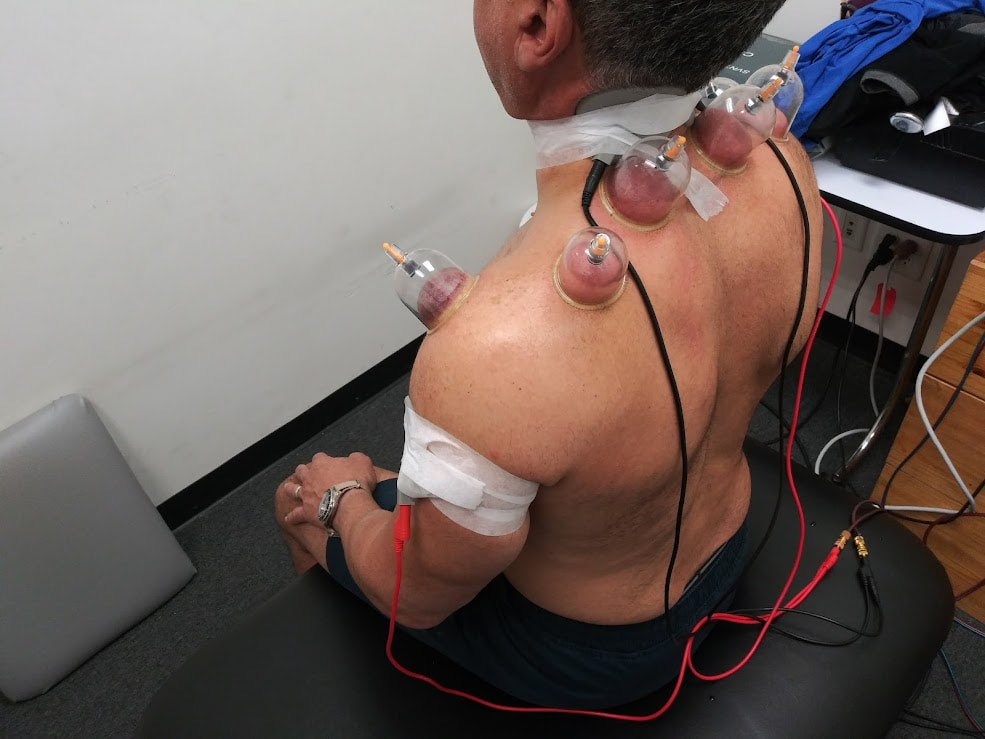 Harnessing Cupping Therapy and Electric Therapy for Enhanced Healing Cupping Therapy: Combining cupping therapy and electric therapy can offer unique benefits for pain management, muscle relaxation, improved circulation, and enhanced healing. Cupping therapy increases blood flow and reduces inflammation, while electric therapy disrupts pain signals and promotes muscle function. Together, they provide comprehensive relief for conditions like muscle strains, arthritis, and tendonitis. This combination is particularly beneficial for athletes and those recovering from injuries. Consult your chiropractor for personalized advice. Heat Therapy: Applying heat helps relax muscles, improve blood circulation, and reduce pain and stiffness in the shoulder. Heat therapy can enhance the effectiveness of other treatments and make the shoulder more receptive to therapy. Combined Benefits: Combining these therapies offers a synergistic effect, significantly improving outcomes for shoulder rehabilitation. The Spencer technique and contrastrain facilitation release technique target soft tissue restrictions and muscle tension. Joint mobilization restores normal joint function, enhancing treatment with ultrasound, electric therapy, heat therapy, and cupping. Ultrasound therapy reduces inflammation and promotes healing, while electric therapy manages pain and improves muscle function. Heat therapy and cupping therapy enhance blood flow and tissue flexibility, making the shoulder more responsive to treatment. Joint Mobilization: Joint mobilization involves gentle, controlled movements of the neck joints by a trained therapist. This technique can help improve joint mobility, reduce stiffness, and alleviate pain in the neck. Traction: Traction therapy involves stretching the neck to relieve pressure on the spine and reduce compression of the nerves. Traction can help improve neck alignment and reduce pain and stiffness. Conclusion:
A multimodal approach that combines the Spencer technique, contrastrain facilitation release technique, joint mobilization, ultrasound therapy, electric therapy, heat therapy, and cupping can offer significant benefits in shoulder rehabilitation. This comprehensive treatment approach addresses underlying issues, promotes healing, and improves shoulder function. If you're experiencing shoulder issues, consult with a your Chiropractor to determine the most suitable combination of therapies for your needs. A sprained ankle is not just a minor inconvenience; it can significantly impact your daily activities and quality of life. Proper rehabilitation is crucial for ensuring a full recovery and reducing the risk of future injuries. A comprehensive approach that combines various therapeutic modalities can offer significant benefits in treating a spring ankle. Here's how joint mobilization, subaqueous ultrasound therapy, subaqueous electric therapy, and heat therapy can work together to promote healing and restore function: Subaqueous electric therapy: Subaqueous electric therapy, , uses low-level electrical currents to stimulate the nerves and muscles in the affected area. This therapy can help reduce pain, improve muscle strength and control, and promote healing in a sprained ankle. By targeting the underlying muscle dysfunction, electric therapy can help restore normal function and reduce the risk of reinjury. Joint Mobilization: Joint mobilization is a hands-on technique used by chiropractor to restore normal joint function and range of motion. For a sprained ankle, joint mobilization can help reduce stiffness, improve flexibility, and enhance overall ankle function. By gently manipulating the joint, therapists can promote healing and reduce the risk of future injuries. Subaqueous Ultrasound Therapy: Subaqueous ultrasound therapy uses sound waves to penetrate deep into the tissues, promoting circulation and reducing inflammation. This therapy can help accelerate the healing process in a sprained ankle by increasing blood flow to the injured area and promoting the removal of waste products. Additionally, ultrasound therapy can help reduce pain and swelling, allowing for faster recovery. 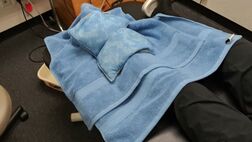 Heat Therapy: Heat therapy is often used in conjunction with other modalities to help relax muscles, improve circulation, and reduce pain. By applying heat to the sprained ankle, therapists can help increase blood flow to the injured area, promoting healing and reducing stiffness. Heat therapy can also help improve the effectiveness of other treatments, such as joint mobilization and ultrasound therapy. Graston Technique: The Graston Technique is a form of manual therapy that uses specially designed stainless steel instruments to break down scar tissue and fascial restrictions in soft tissues. This technique can help improve mobility, reduce pain, and promote healing in a sprained ankle. By addressing soft tissue restrictions, the Graston Technique can enhance the effectiveness of other therapies and improve overall ankle function. Combined Benefits: When used together, these therapies can offer significant benefits for treating a sprained ankle. Joint mobilization can help restore normal joint function, allowing for more effective treatment with ultrasound and electric therapy. Ultrasound therapy can help reduce inflammation and promote healing, while electric therapy can help improve muscle function and reduce pain. Heat therapy can help relax muscles and improve circulation, enhancing the overall effectiveness of the treatment plan. Conclusion: In conclusion, a comprehensive approach that combines joint mobilization, subaqueous ultrasound therapy, subaqueous electric therapy, and heat therapy can offer significant benefits in treating a sprained ankle. By addressing the underlying issues and promoting healing, these therapies can help restore function and reduce the risk of future injuries. If you have experienced a sprained ankle, consider consulting with your Chiropractor to develop a comprehensive rehabilitation plan tailored to your individual needs. For more information or to schedule an appointment, please contact Soft Touch Chiropractic at 818-831-0100. It's essential to consult with your Chiropractor to determine the most suitable combination of therapies based on individual needs and condition severity. Subaqueous electric therapy, also known as electrical stimulation, delivers low-level electrical currents to the affected area through water. This therapy is beneficial for managing pain by disrupting pain signals sent to the brain and promoting the release of endorphins, the body's natural painkillers. It can also help improve muscle function and reduce muscle spasms, which are common in conditions like carpal tunnel syndrome. Subaqueous Ultrasound Therapy: Subaqueous ultrasound therapy uses high-frequency sound waves delivered through a water medium to target deep tissues. This therapy is effective for reducing inflammation, increasing blood flow, and promoting tissue healing. In the case of carpal tunnel syndrome, subaqueous ultrasound can help reduce swelling around the median nerve, alleviating symptoms such as pain and numbness. Joint Mobilization: Joint mobilization involves gentle, controlled movements of the wrist joint by a trained therapist. This technique aims to improve joint mobility, reduce stiffness, and alleviate pain. By mobilizing the wrist joint, it helps restore normal range of motion and function, crucial for activities requiring wrist movement.
Manual Therapy: Manual therapy techniques, such as soft tissue mobilization and joint manipulation, can be beneficial in improving wrist mobility and reducing pain. These techniques are often used in conjunction with other therapies to enhance their effectiveness and restore normal wrist function. Heat Therapy: Heat therapy, such as the use of warm water or moist heat packs, can help relax muscles, improve blood circulation, and reduce pain and stiffness in the wrist. Applying heat before other therapies can enhance their effectiveness by increasing tissue elasticity and blood flow, making the tissues more receptive to treatment. Combined Benefits: When these therapies are combined, they offer a synergistic effect that can significantly improve outcomes for individuals with wrist pain or carpal tunnel syndrome. Subaqueous electric therapy manages pain and improves muscle function, while joint mobilization and manual therapy techniques restore mobility and reduce stiffness. Subaqueous ultrasound therapy reduces inflammation and promotes tissue healing, and heat therapy complements these effects by enhancing tissue receptivity and relaxation. Conclusion: In conclusion, a combination of subaqueous electric therapy, joint mobilization, subaqueous ultrasound therapy, manual therapy, and heat therapy can provide comprehensive relief for wrist pain or carpal tunnel syndrome. This approach addresses the underlying issues contributing to the symptoms, promoting faster recovery and improved quality of life. For more information or to schedule an appointment, please contact Soft Touch Chiropractic at 818-831-0100. It's essential to consult with your Chiropractor to determine the most suitable combination of therapies based on individual needs and condition severity. |
New Patient SpecialArchives
July 2024
Categories |
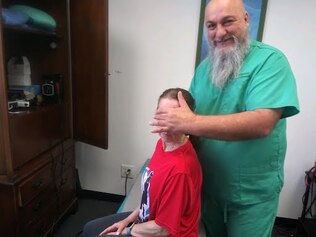
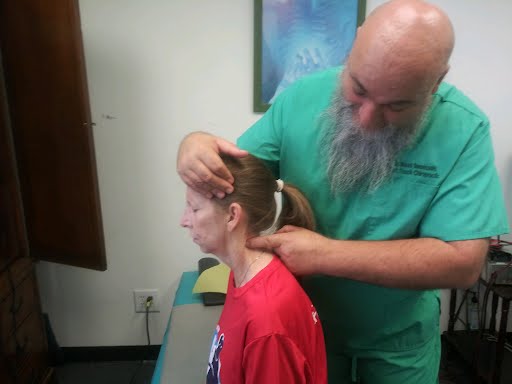
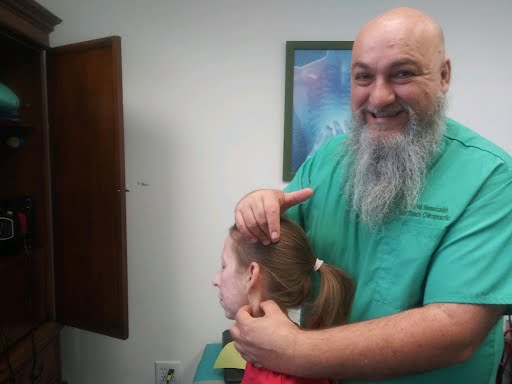
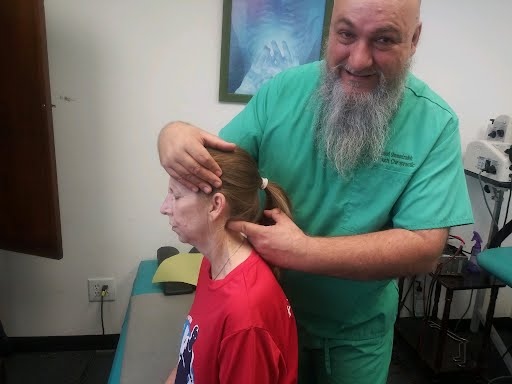
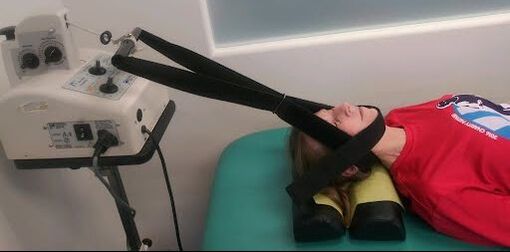
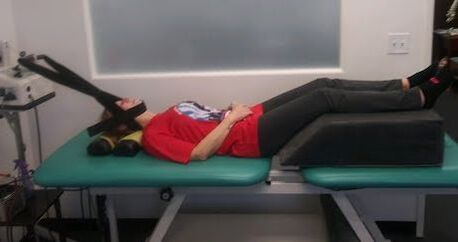
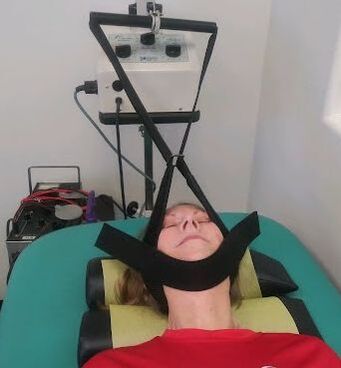
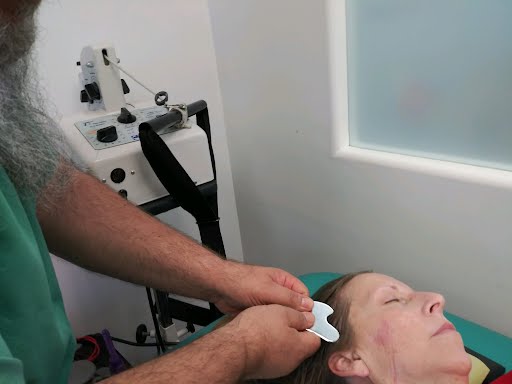
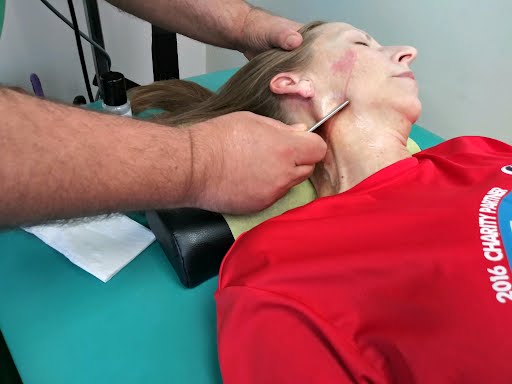
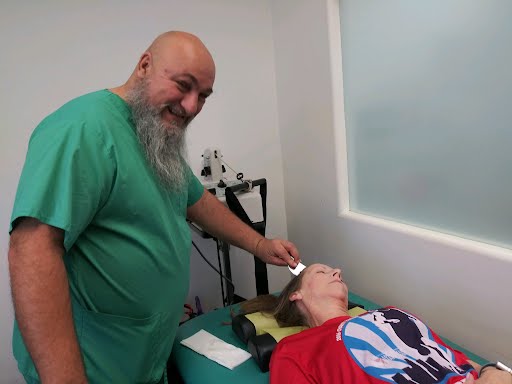
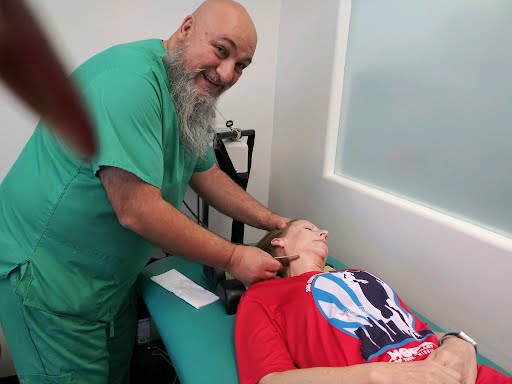
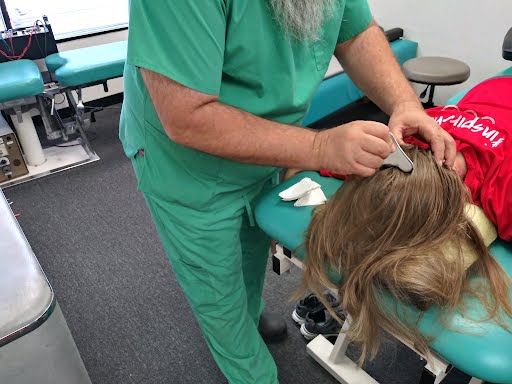
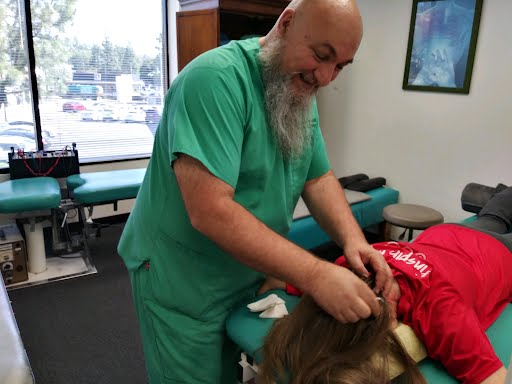
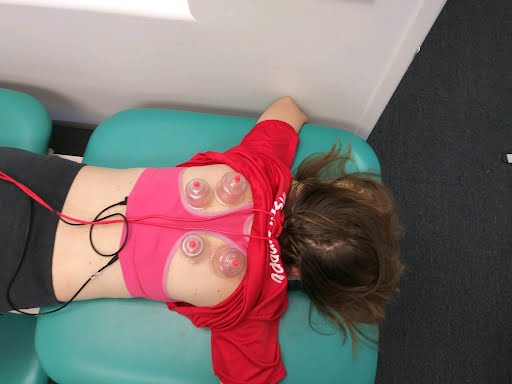
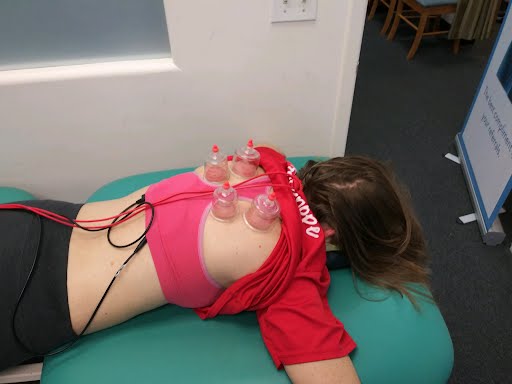
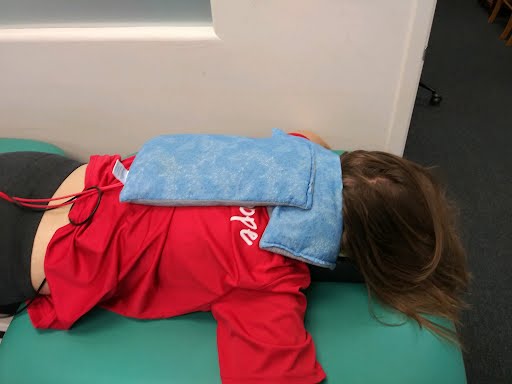
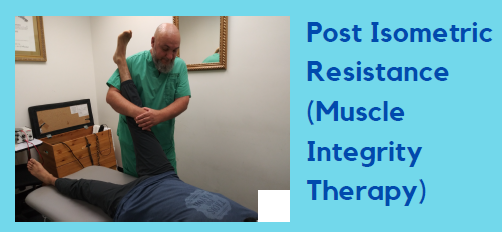
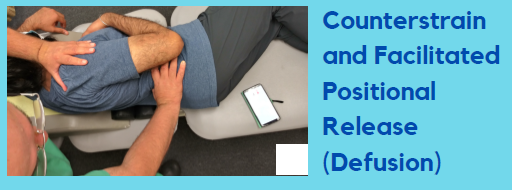
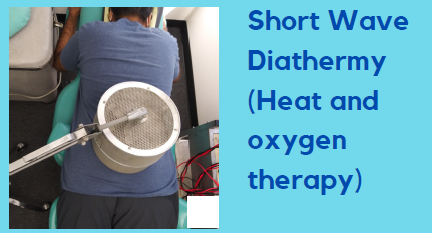
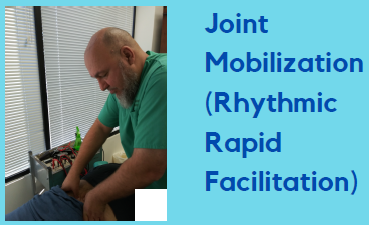
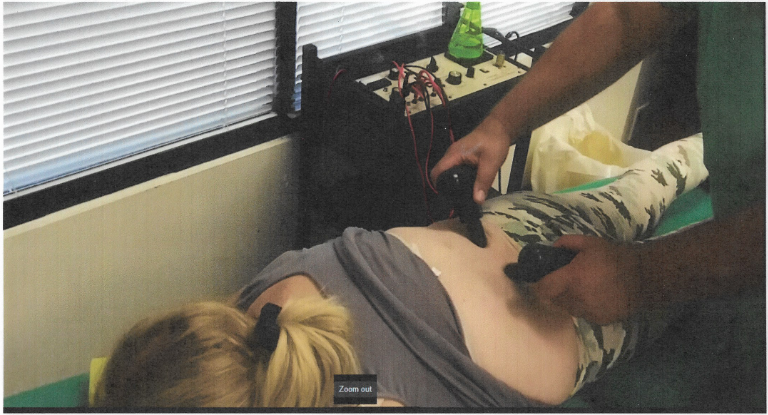
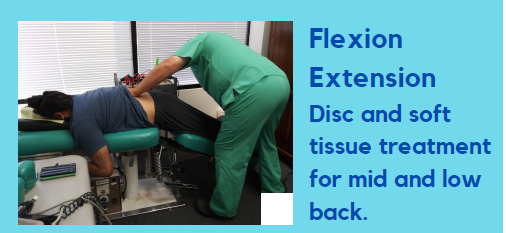
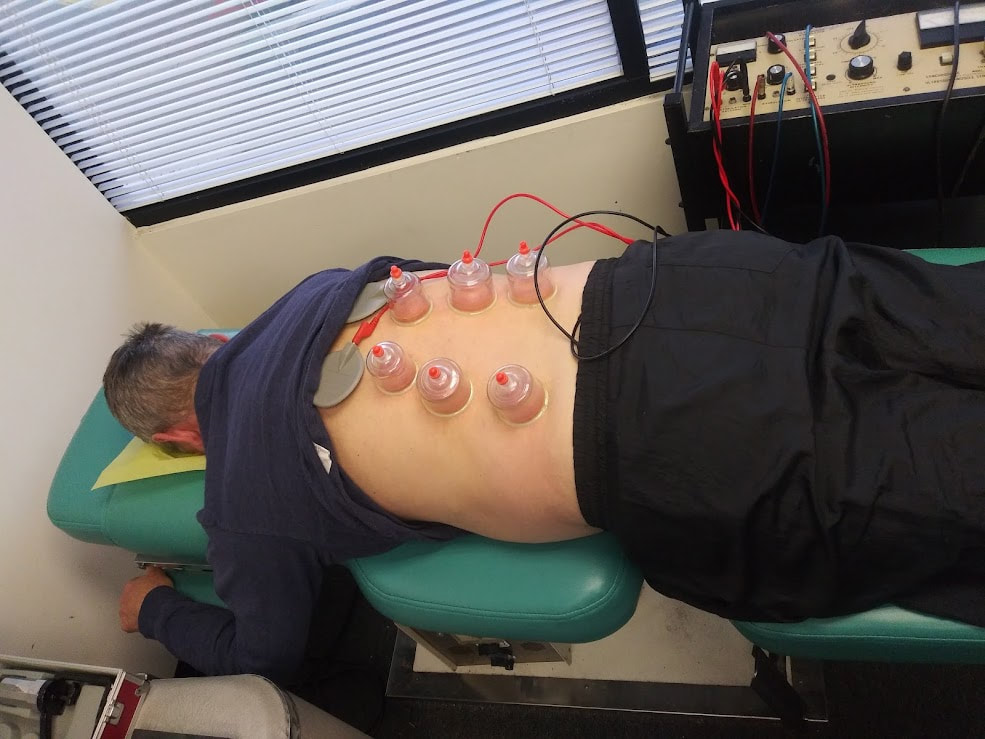
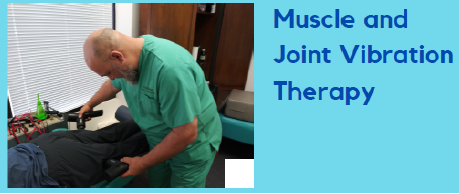
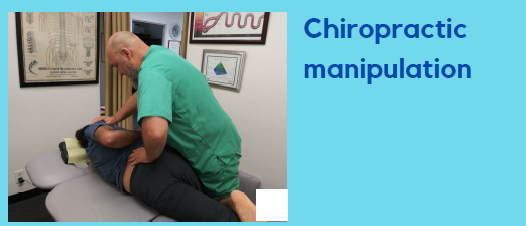
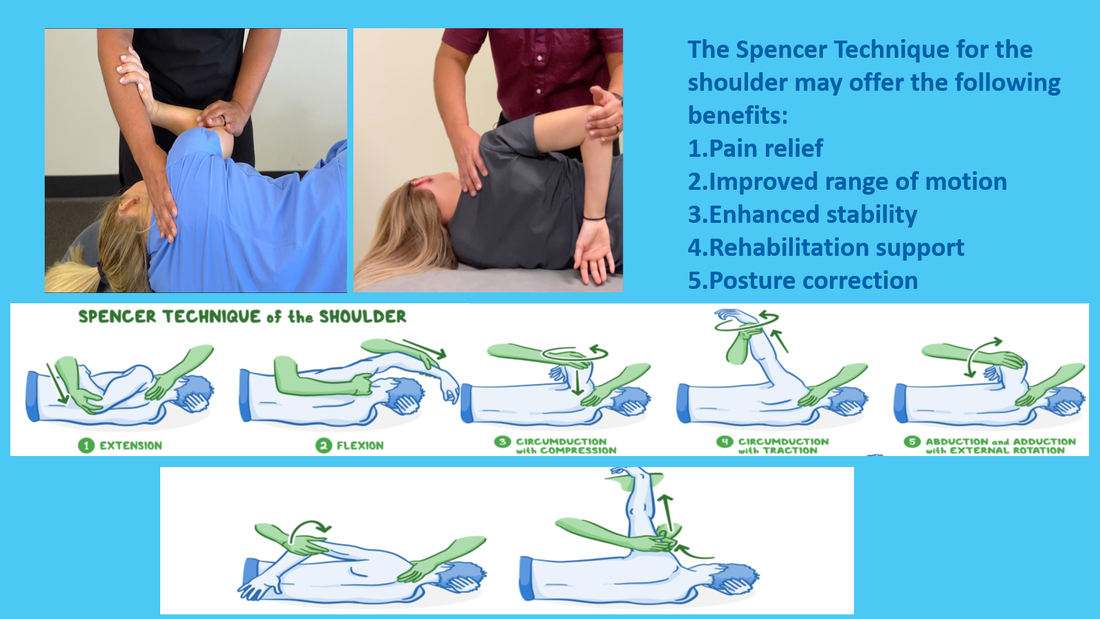
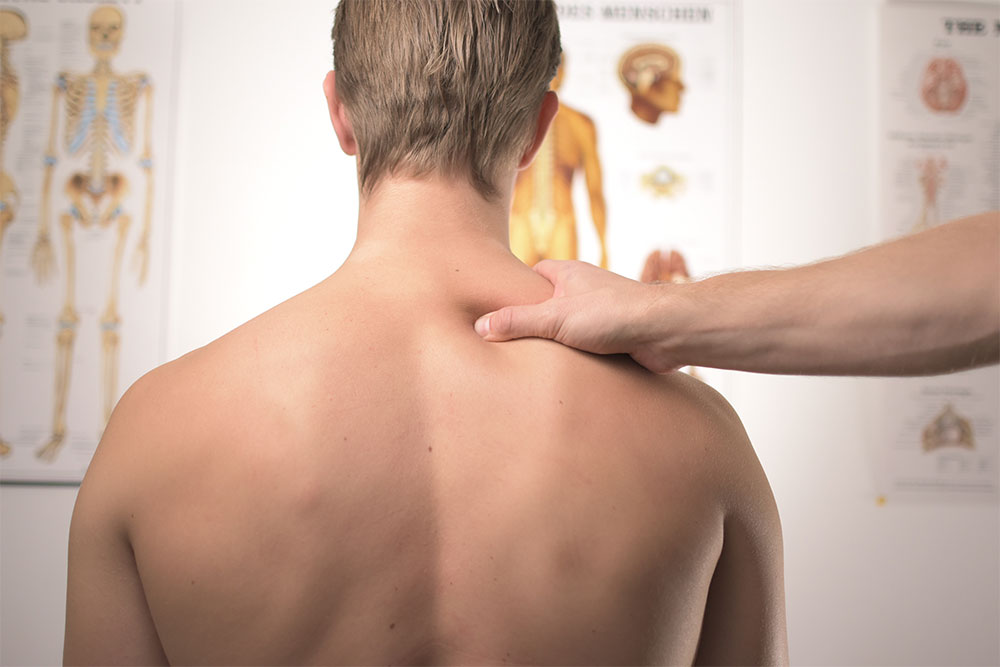
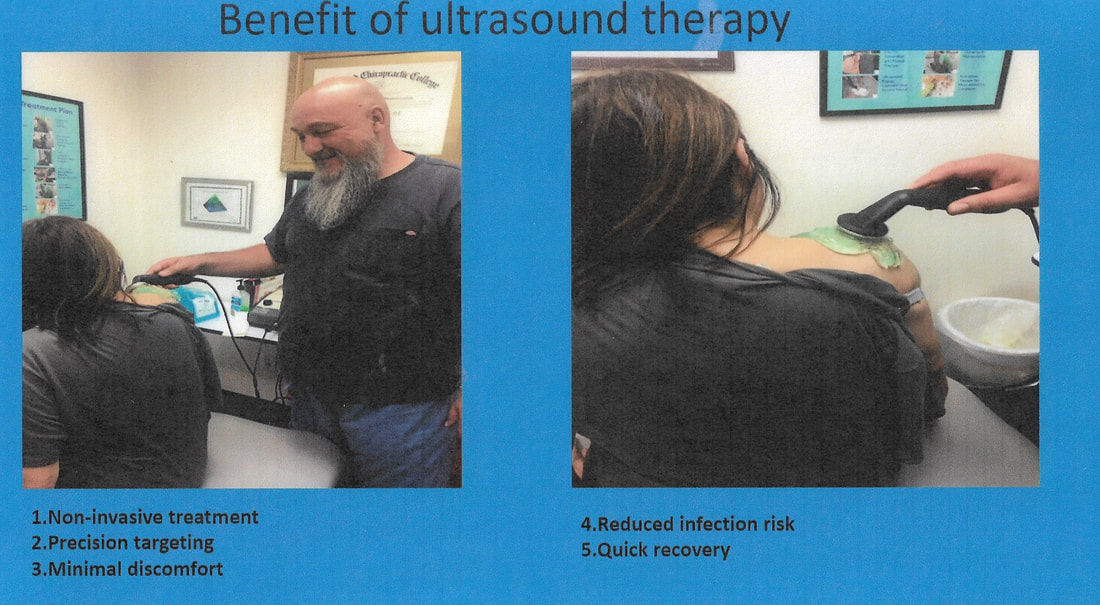
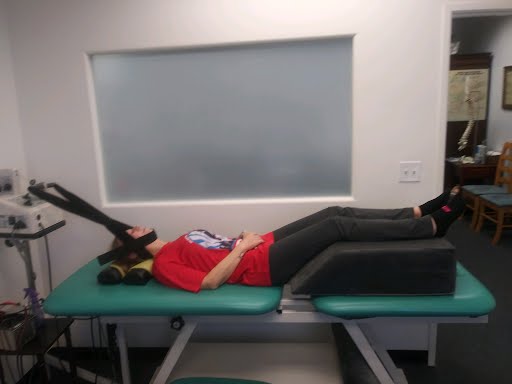
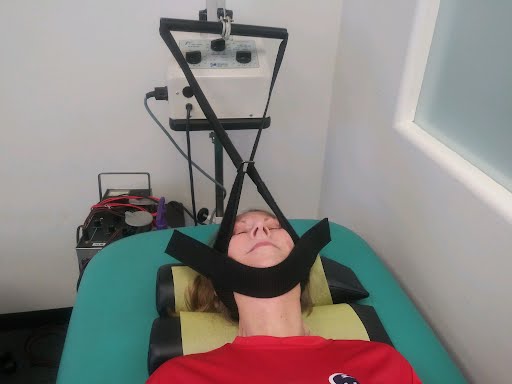
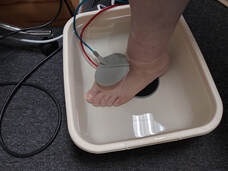
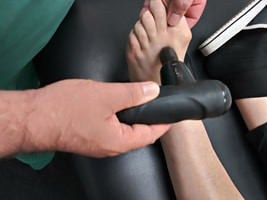
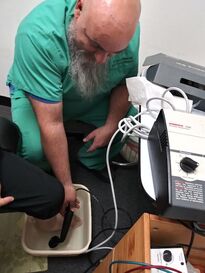
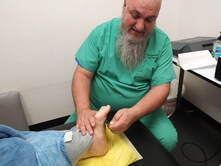
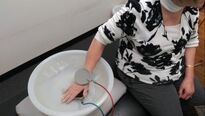
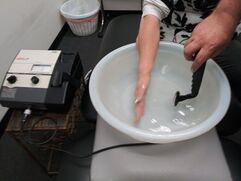
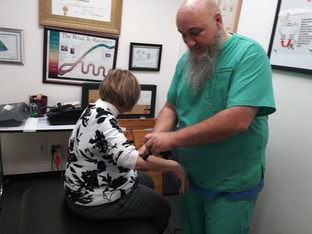
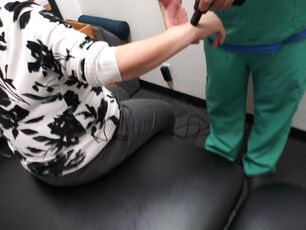
 RSS Feed
RSS Feed
